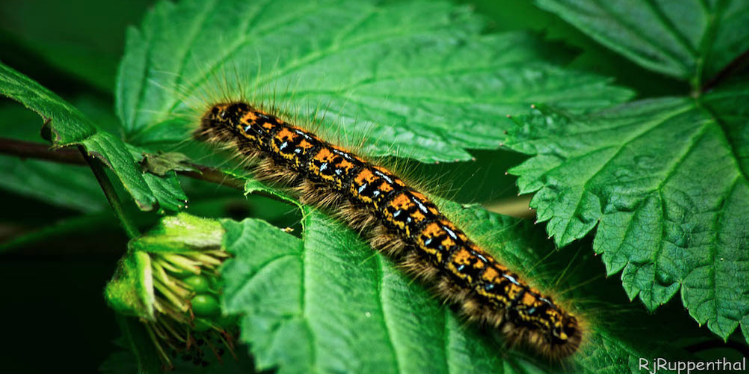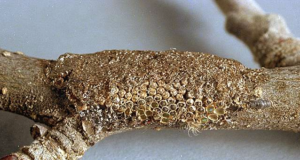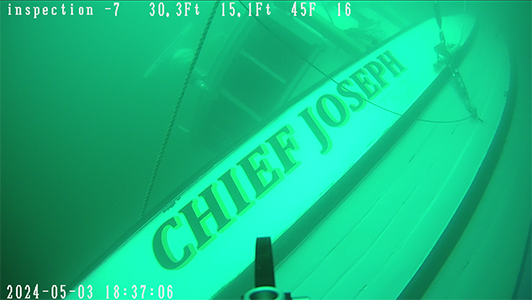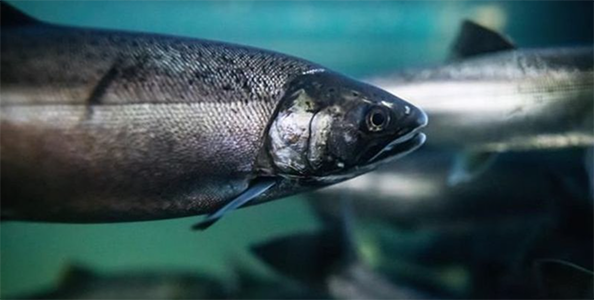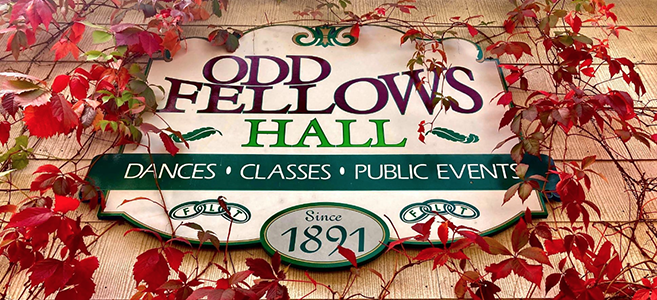||| FROM KATE YTURRI for MASTER GARDENERS |||
Many of you are wondering and worrying about the black and orange tent caterpillars you see on your red alders, roses and fruit trees. The Western Tent caterpillar is the larvae of the moth. The populations explode every 10 years or so, defoliate their tree hosts but generally do not kill established, healthy trees.
Master Gardeners advise you to carefully expose large nests so birds can feed on them. Monitor your susceptible plants daily and pick off and kill caterpillars by hand. Avoid killing those with a small white dot on their heads. This is evidence that the parasitic Tachinid fly has laid its eggs in the caterpillar. These larvae will use the caterpillar for food as they grow and kill the caterpillar while increasing the population of Tachinid flies which kill more tent caterpillars.
Avoid Bt which is a biological pesticide that kills all Lepidoptera – the insect order that includes all our beloved butterflies! Read more about the Western Tent caterpillar HERE.. WSU plant pathologist Jenny Glass states: “I truly have never really worried about tent caterpillars, especially on ornamental or native trees. Fruiting trees may be a different matter as they need more resources to produce fruit but even then, I recommend low-impact management options over pruning out nests etc.
Tent caterpillars populations are cyclic in nature—some years worse/more than others. Plants are stressed when they get fed on by the caterpillars but in general have a host of reserves, latent buds/leaves produced in excess of needs, that helps the plants recover from the stress of the feeding pressure. Also there is a natural virus that attacks the tent caterpillars when the population starts to grow exponentially.
I typically recommend a “live and let live” policy as in a few weeks the cycle will be over. If someone feels obligated to do something, my advice is to try to pull apart the nest to give feeding birds more access to the larvae. I typically don’t recommend pruning out nests (the pruning cut in my opinion is much more drastic than is the nest and the pest feeding). And flames/heat/burning of nests is NOT RECOMMENDED as it can be dangerous and often people end up hurting themselves.”
Plan now to remove egg cases you can reach in your shrubs and trees in the fall. In all likelihood by summer’s end any trees that have been defoliated by the Western Tent Caterpillars will be greening up with new leaves.

